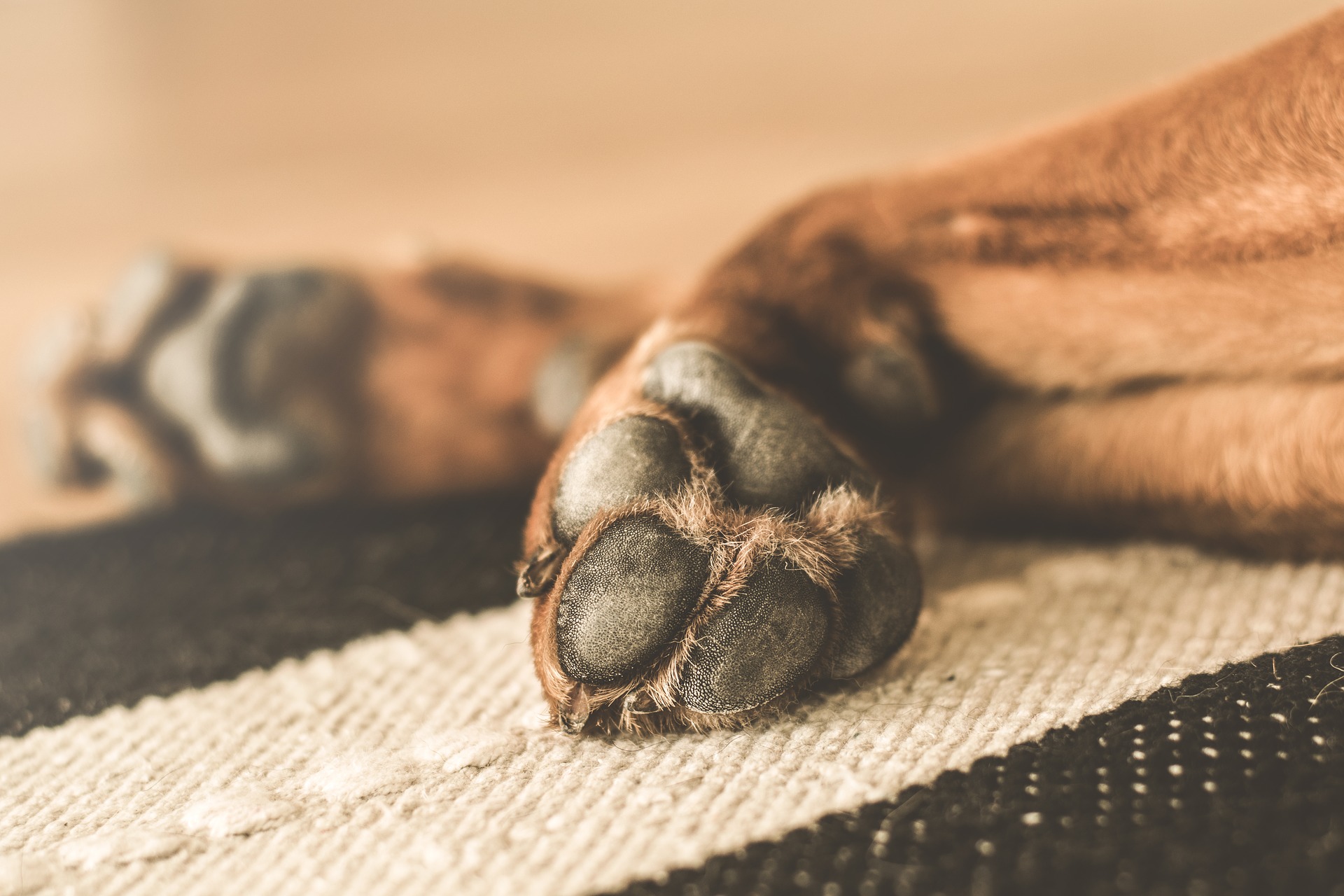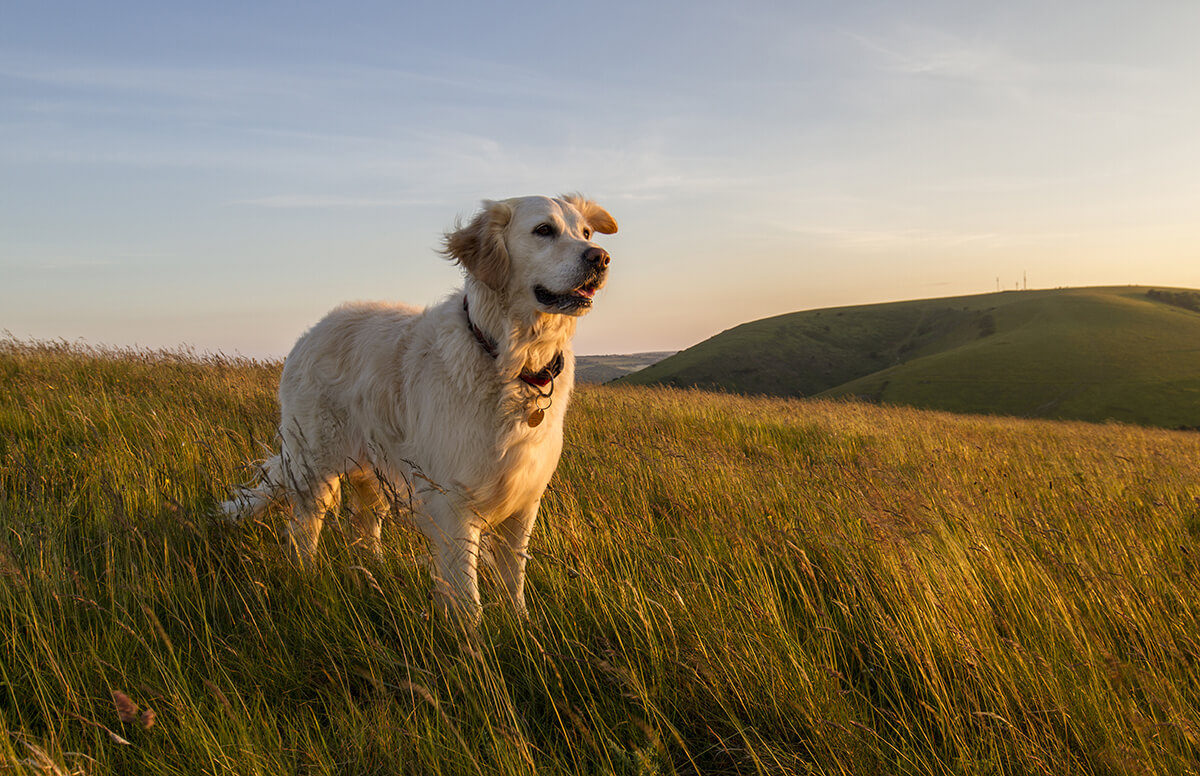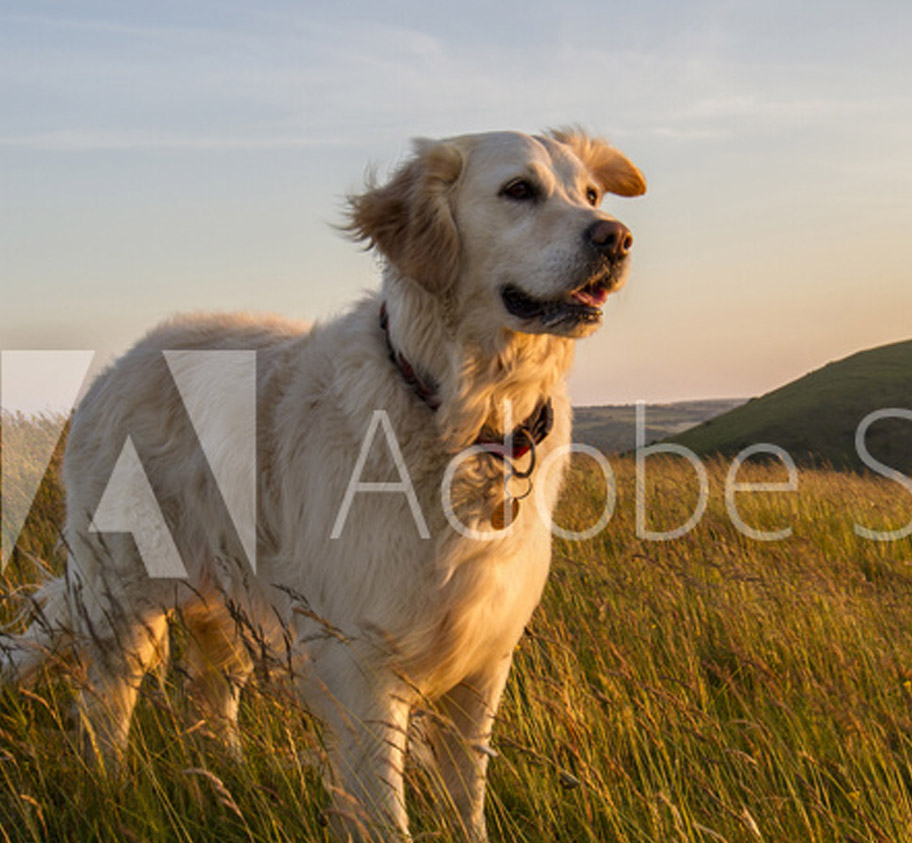
 Menu
Menu
Metacarpal fractures in the dog

What are the metacarpal bones?
The metacarpal bones are the bones on the forelimb of the dog that connect the “wrist” (the carpus) to the toes (the phalanges). There are five metacarpal bones on each limb, with the major weight bearing bones being the central metacarpal bones three and four.
What is a bone fracture?
A fracture of the bone is when the normal architecture of the bone is disrupted. This can occur due to a variety of reasons (trauma, disease, etc) and as such can present in a number of ways. Most commonly there will be complete fractures where a clean break is present, or comminuted fractures where there are multiple fragments of bone present.
Signs of metacarpal fractures
The most common signs that accompany a metacarpal fracture are sudden onset non-weight bearing in one of the limbs, often accompanied by a painful swelling in the distal limb.
Diagnosis of metacarpal fractures
In order for the veterinary surgeon to get a definitive diagnosis and formulate a proper treatment plan, x rays under sedation will often be necessary to see the extent of the fractures.
Treatment options of metacarpal fractures
There are multiple treatment options available for the treatment of fractures of the metacarpal bones. Management of fractures can be non-surgical or surgical.
Non-Surgical
Non-surgical treatment can be used when:
- There is a fracture of a single metacarpal bone
- When there is little displacement of the fractures (even of multiple bones)
Non-surgical treatment is often via splinting or cage rest alone with no dressing. With splinting/dressing the limb, complications are not uncommon and relate to soft tissue injury when the dressing slips. This can be severe if the blood supply is cut off to the foot. Dressings require diligent monitoring at home.
Surgical
Surgical treatment should be considered in the following:
- When there is significant malalignment of the bones
- When more than two metacarpal bones are involved
- When there are open fractures.
Several techniques for surgical treatment are available. These include:
- Internal fixation
- Plates and screws
- These can be used for both simple and comminuted fractures
- As these bones are small this to will only be an appropriate method of treatment if the metacarpal bones are of sufficient size to accept the implants.
- Intramedullary techniques
- This is when a pin is placed down the centre of the fractured bones in order to improve alignment.
- External skeletal fixation
- This is when pins are placed into the bone, through the skin and held in place by an outer connecting bar
- Combined intramedullary pinning and external skeletal fixation
- This is where both intramedullary pins and external skeletal fixators are used. These may be indicated where there are multiple fractures present in the same bone (a comminuted fracture).
- Plates and screws
Post-operative management
Animals that undergo surgery to treat fractured metacarpals will need to be rested for as much as possible initially. Regular check-ups with the surgeon will be needed in order to assess how healing is going. X-rays may be needed in order to evaluate healing fracture and external skeletal fixator frames can be removed once adequate healing has occurred.
Stay in touch
Follow us on social media and keep up to date with all the latest news from the MVS clinic.



